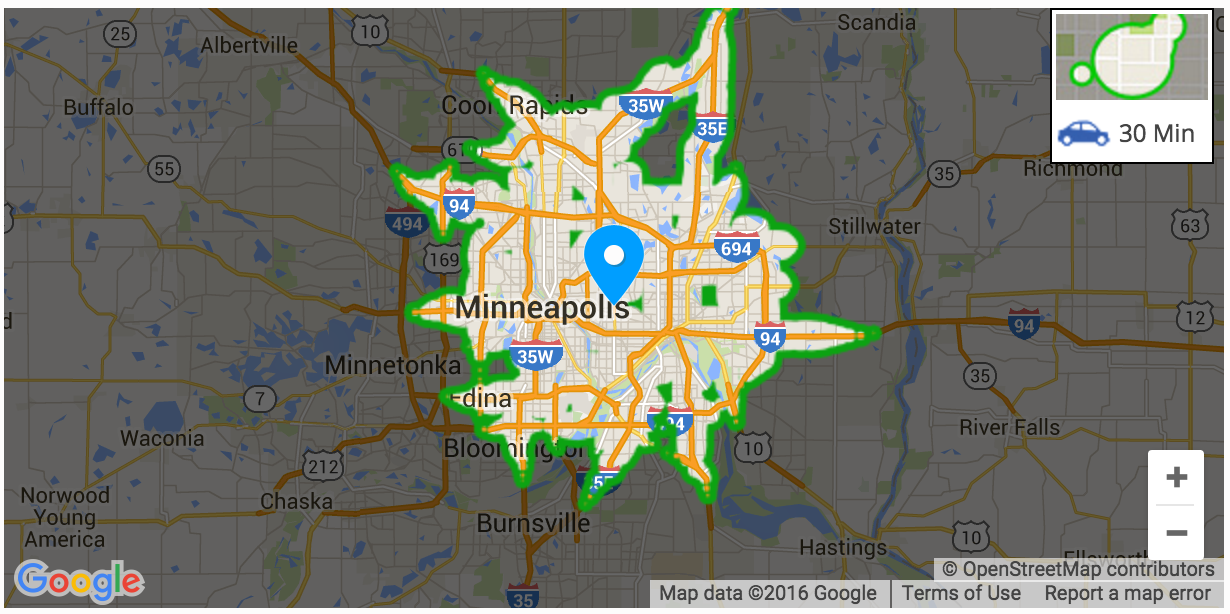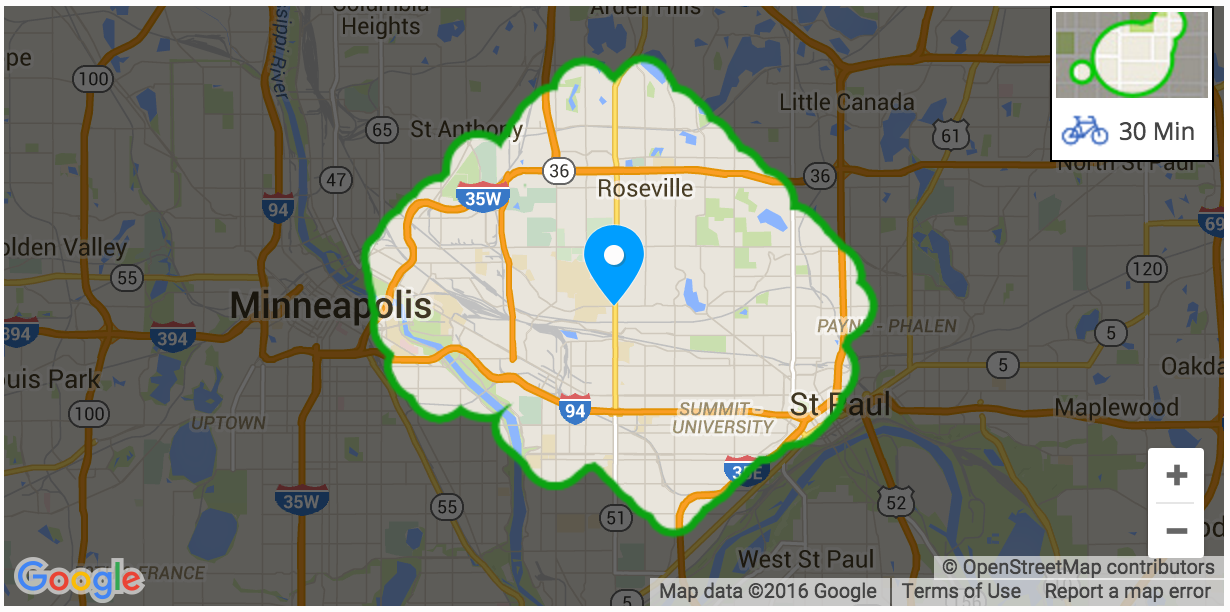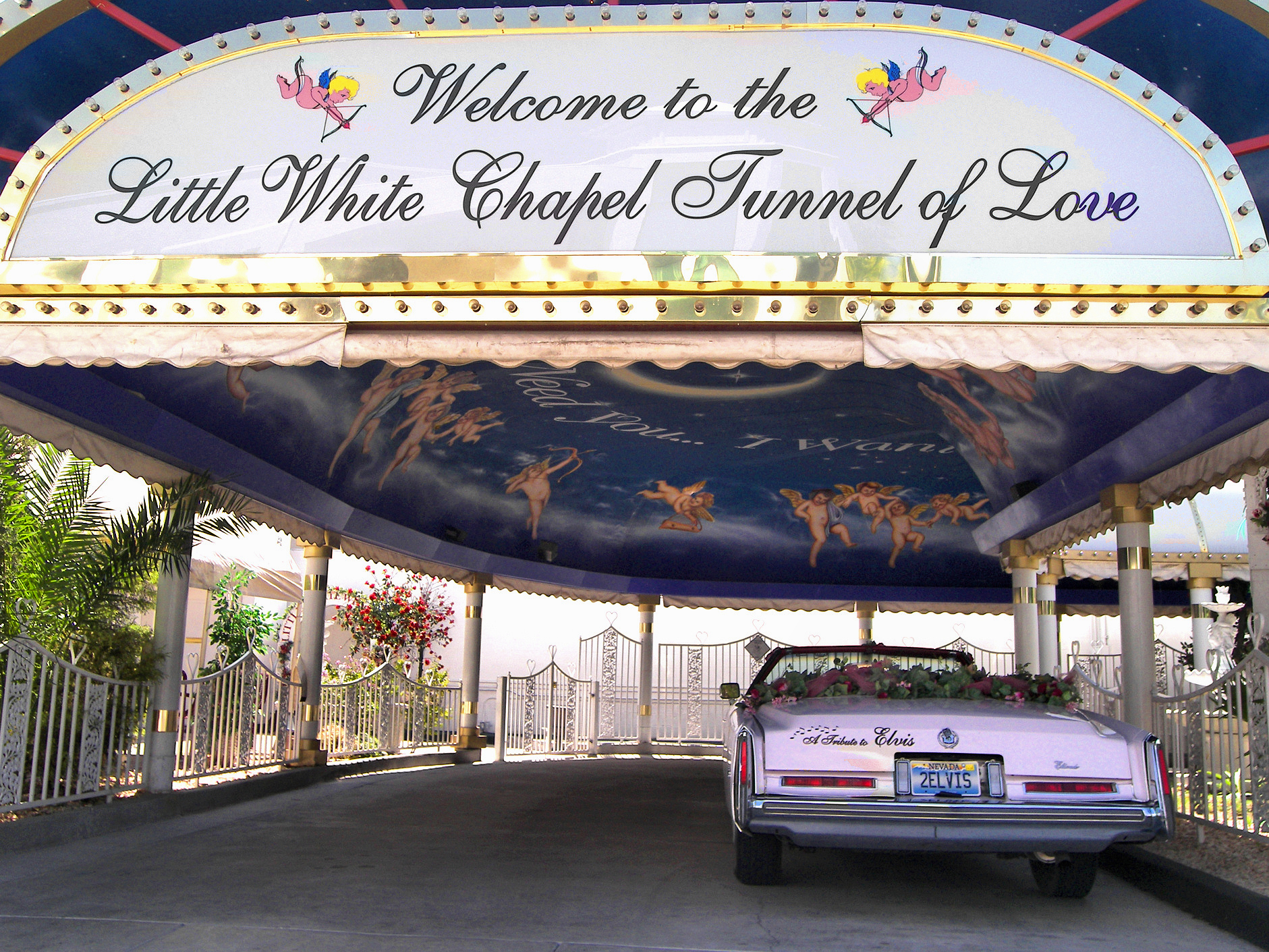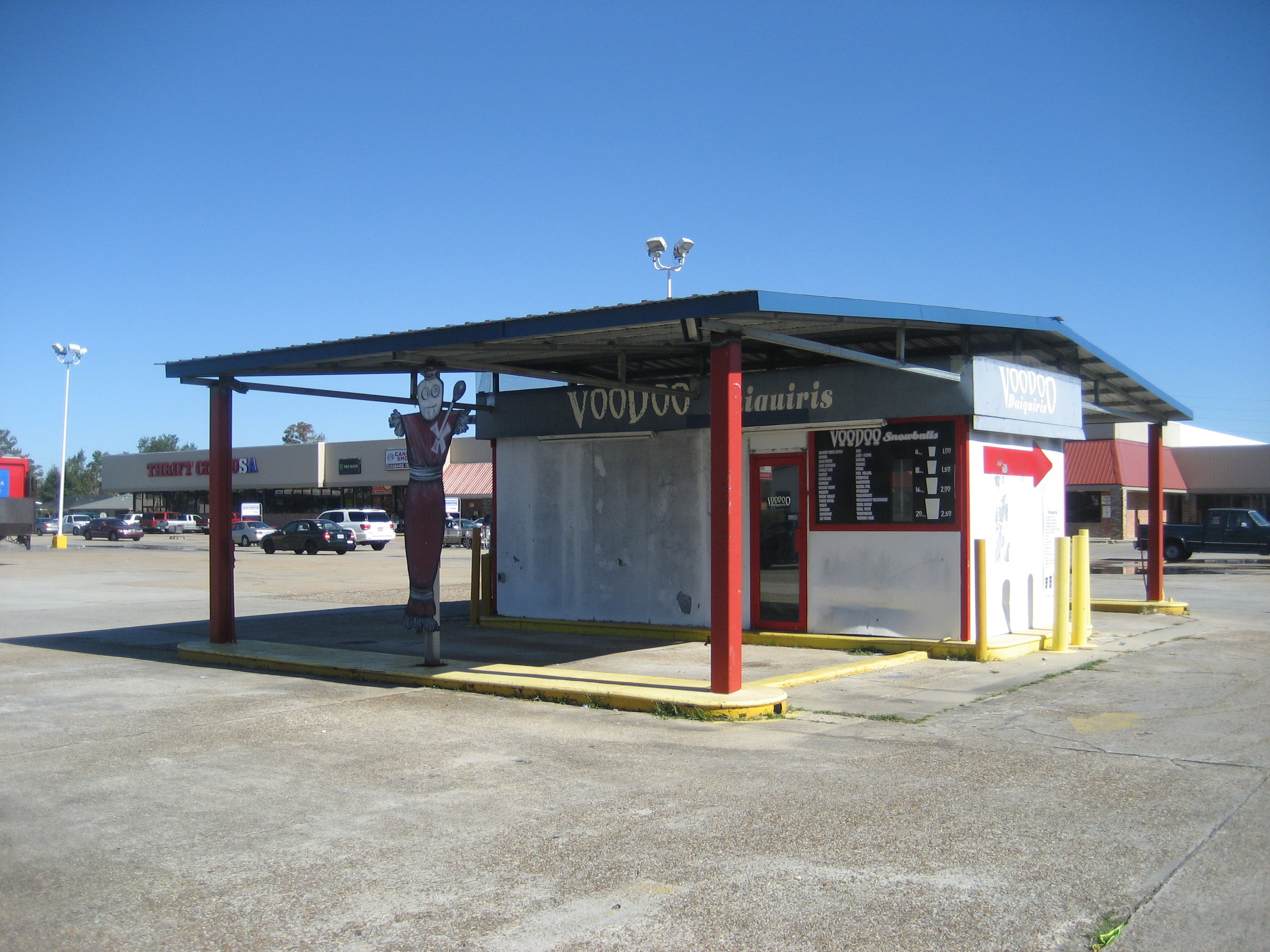Car-Lite
David Levinson wrote last week about diversifying our transportation portfolio. From a policy perspective, this makes all kind of sense, and all cities should definitely be thinking about it. The transportation system—including streets, roads, transit, pedestrian and bicycle facilities—is the lifeblood of a city and ought to have built-in redundancies for when things go wrong. Putting all our eggs in one basket may appear "efficient" in a narrow, short-term sort of way, but it is demonstrably riskier and more expensive over the long term. Efficient systems tend to be fragile systems.
Accommodating only one mode of transportation also tends to lead to a city whose advantages and opportunities are less accessible to its residents. This is particularly true if that "one basket" is that of private car ownership, which comes with heavy individual costs that not everyone can or wants to bear. This is evidenced by the roughly 9% of U.S. households that are car-free.
The purpose of the transportation system is not to provide simple mobility—moving people miles across the landscape—but accessibility—getting you to the stuff you want to get to, by whatever means. The more options you have to get to said stuff when you want, how you want, the better.
All of these arguments apply from the other side of the coin too: the end user of the transportation system. Individuals can and should also look to diversify their personal transportation portfolio. In fact, all of us do this to some extent: we all walk at some point. Even if it's just from where we parked our cars to our destination. Though American ingenuity has been hard at work eliminating this requirement for even the unlikeliest of activities:
(Both photos from Wikipedia)
You can critique car-dependence without trying to remove cars from the picture. There's a lot of value in living a car-lite lifestyle, and that's something available right now to many times more Americans than can currently, realistically, go car-free.
I am currently one of these "car-lite" Americans. I share a car with two other family members; I don't own it but I have reasonably reliable access if I really need it. However, if I disappeared with the car all day every day, they would not be terribly happy with me. Plus, I'm a graduate student at the University of Minnesota, where parking will run you $4 to $12 a day. That adds up fast.
Fortunately, I live in a part of St. Paul, the Como Park neighborhood, that is centrally located between the twin urban cores of St. Paul and Minneapolis and reasonably well-connected to the U of M and other destinations by transit. I say "reasonably" because this is still a very car-dependent Midwestern city. Boston or DC or even Chicago it is not.
Como neighborhood on a map of St. Paul. Source: Google
The neighborhood has a Walk Score of 48, slightly below St. Paul's average of 56.
My proximity to a large regional park means there are some decent bike routes available, depending on which direction I want to go. The neighborhood is nearly all single-family residential, so there is not a ton of shopping that can be done in walking distance of my house. (It's about a 20-minute walk to a grocery store.)
Biking east or north works great. South or west and you quickly run into some unfriendly territory:
Stroaderific!
(Image source: Google. Because of a large rail yard, walking or biking south from my neighborhood all but requires using the sidewalk of this 1/2-mile elevated freeway section of Snelling Avenue.)
Cycling through and comparing the below maps, all from Walk Score, illustrates the mobility I have (from the nearest major intersection to my house) within half an hour by four different travel modes:




In short, I do not live in the kind of place people are talking about when they talk about living a car-free life by choice. To have no access to a car in my neighborhood would be a significant inconvenience. This is true of the vast majority of the places we've built across this continent.
Living Car-Lite in Middle America
Despite living in that kind of place, I don't drive all that often, and I don't miss it. I chronicled my travel over the course of a week, from Sunday, January 24th through Saturday, January 30th, to illustrate what my "car-lite" lifestyle actually looks like. Here's a chart of all the trips I took this week:
On nice days, I bike to the University. Yes, even in the winter. I don't have snow tires or any special gear or clothing. If there's snow or ice on the roads, forget it. I am not a diehard winter cyclist—and that is the point: you don't have to be to do it once in a while when the conditions are right. Fortunately, much of my ride is on a dedicated, bike-and-transit-only road the U of M maintains to connect its St. Paul and Minneapolis campuses. It looks like this. Motorized traffic consists of a bus every 5 minutes and the occasional cop car.
My bike ride is also aided by the fact that a path through the Minnesota State Fairgrounds—a veritable no-man's land outside of twelve magical days in August and the occasional antique car show or flea market the rest of the year—remains plowed all winter long.
Thanks, guys!
When it's dark outside, or there's ice on the roads, I can bus to the U pretty straightforwardly, though it takes longer. Here's what my car-lite life looks like:
On Tuesday afternoon, I took a different transit route home so I could stop at the grocery store at the Midway Shopping Center, conveniently located at the spot I'd have to transfer from light rail to bus anyway. I do a lot of my shopping this way. Works like a charm.
On Thursday, I was able to ride light rail straight from the U of M to the American Planning Association's Minnesota Chapter's holiday party in downtown St. Paul. Catching a bus home required consulting a schedule because most buses only run once every 20 or 30 minutes in the evening, but at least I didn't have to transfer. Low bus frequencies quickly become a dealbreaker when a transfer is involved and your travel time, even for a relatively short distance, can balloon to over an hour.
On Friday, I went to bike to campus and quickly discovered I was riding straight into a pretty strong, cold headwind. Fortunately, I was also riding along a bus route. I simply locked up my bike, took the bus the rest of the way to class, and repeated this in reverse an hour later.
Perfect day to work on the patio!
On Saturday, I took the bus to a client's house (I do ACT and SAT tutoring with high school kids) because this client happens to live just off a bus route that passes my own house. I'm not usually this lucky; I have to drive to most tutoring appointments.
After tutoring, it was a balmy 37° F, so I walked to a favorite coffee shop, then to a friend's house a couple miles away. I deliberately walked along a bus route, thinking, "If the bus catches up with me, great. I'll hop on. If it doesn't, I'll get some exercise." It caught up with me but I was only on it for half a mile or so. Had I not wanted to walk at all, I didn't have to.
The only driving trips I made this week were to two evening social engagements, both in the Lyn-Lake neighborhood of Minneapolis about 10 miles from my house. Borrowing the car was the obvious best choice for these trips; transit would have involved cumbersome transfers and long waits at that time of night. Fortunately, there was a car I could borrow.
The point I'm trying to make is, these were all decisions of convenience. Never did I feel forced to do something unpleasant, greatly wasteful of my time, energy, or money for lack of a better option.
A LOT of Americans could live this way. Yes, many of us are in communities that are wholly car-dependent, in which even walking modest distances is uncomfortable, dangerous, and degrading. This is shameful and destructive of our wealth and communities, and it should change. But meanwhile, many of us can start making incremental changes if we simply decide to look at how many options we really have.
Combining modes is really powerful and often overlooked in discussions of transportation policy. It's a small minority of Americans who are willing to bike 5 miles each way to go to work or school every day. It's a potentially far greater number of Americans who are willing, and physically able without undue effort, to bike 1 mile to a bus or rail stop, lock up the bike or take it on board to complete the "last mile" on the far end.
Click to view larger
Costs and Benefits
Over the course of the week, I calculated in the travel diary that eschewing driving for some of my trips saved me $26.36 and burned an extra 1800 calories.
For fun, I plugged this number—rounded down to $25 a week—into the nifty investment calculator at bankrate.com. Turns out by the time I'm 65, at a modest 4% rate of return, these savings alone could compound to nearly $100,000.
I will note that the numbers in my chart are a simplification. In fact, I have a bus pass through the University of Minnesota that costs me a flat fee per semester for unlimited rides. And many of the costs associated with driving—64% of them according to this—are fixed costs if you own a car regardless of how much or little you drive it. But for simplicity's sake, I went with the IRS reimbursement rate of 57.5 cents per mile without trying to separate the fixed from the variable costs. For bicycling, I estimated a total ownership cost of 19 cents per mile, based on what I spent when I bought my bike and what I've spent on maintenance since then. It could probably be less if I educated myself and did more of the maintenance at home, but I've always been happy to pay a bike shop to fix my flat tires.
What About Time?
I did spend an extra 255 minutes, or 4.25 hours, traveling versus if I'd driven everywhere. But I think that number dramatically overstates the burden of this time. For one thing, non-driving time is amenable to multitasking. While on transit, I usually read or keep up with emails and texts. While biking or walking, I'm getting exercise.
For another thing, the time savings from driving aren't realized in one big 4-hour chunk that I could do something productive with. They're a few minutes here, a few minutes there. This is the biggest reason that the prevailing method of calculating the economic value of time savings from road investments that (supposedly) reduce congestion is, to put it politely, utter bovine excrement. It presumes that if a trip that would have taken me 17 minutes now takes me 15, I will actually do something different with my day that results in productive use of that 2 minutes. But of course I won't. I won't likely even notice the 2 minutes.
And I get to bike past cool stuff like this frozen building!
Only an economist who's deliberately not really thinking would suggest that getting an hour of extra free time in thirty 2-minute chunks is the same as getting it in one hour-long chunk. Yet that's how we calculate congestion costs, with a straight face.
This is not to say that the extra time I spend by choosing not to drive is trivial. It is to say that I find it an absolutely worthwhile tradeoff given the other benefits.
Policy Lessons
I've had many conversations with people who are sympathetic to critiques of car-dependence as long as those critiques are in the abstract, but don't know how to get from there to policy measures they would be like to see implemented in their city or neighborhood. A big part of the problem is that people perceive a critique of car-dependence as an attack on the car, or more precisely on the notion that anyone should use cars for anything.
"All that stuff about pollution, pedestrian deaths, infrastructure costs, that's all true... but I need my car. I can't just give it up."
This is a stumbling point, and a problem for policy, because local elected officials are accountable to the public, and the vast majority of the public drives cars.
We're not going to change this overnight, or in 20 years. We're not going to convince large numbers of people to act contrary to the incentives in their immediate environment—to travel via a mode that doesn't offer them competitive utility based on some combination of speed, reliability, comfort, cost savings, health and wellness.
What we can do is make steady, and hopefully accelerating, improvement at the margins. Transit, walking, and bicycling shouldn't be last resorts for those poor unfortunate souls who can't afford a car. These modes should be a continuum—90% of some people's trips, 50% for others, and hopefully eventually we can get our non-driving share to at least 20% for nearly all of us. Looking at how I get around in St. Paul—comfortably, without any undue hassle—I'm confident there are a lot of us who could move a bit in this direction.
The obstacles to going car-lite largely aren't that we don't yet have the perfect system of billion-dollar rail lines built out. Which is good, because we can't afford to build out that system any time soon, and there's reason for skepticism that all of those investments are even good ones.
There may be a place for big-ticket items in a robust transit policy. But there is also an underappreciated place for lots of small interventions to incrementally improve things. Network effects mean that improvements to a transit line make all the lines that intersect it more useful too, delivering compounding returns.
There are also a lot of overt barriers to using modes other than the private car that should be the low-hanging fruit, the first priority in a transportation policy aimed at diversification and creating a wide range of mobility options for a wide range of people. For example, that freeway overpass that is the only way south out of my neighborhood. Sidewalks and bike paths that aren't plowed in the winter. Areas that are dangerous to walk because they lack sidewalks or are poorly lit at night.
Let's promote bike share as "last mile" transportation from transit stations to residential areas:
(Image source: Wikipedia)
Let's promote car sharing as an alternative to ownership for those who drive infrequently:
What if you were to map the areas in the Twin Cities, or any metro area, where a certain threshold percentage—say 30%—of people surveyed report that they consider it feasible to do half their weekly trips by a mode other than private car. Then ask, "What policy interventions would expand the radius of those areas? Or increase the number of people willing to go car-lite and incorporate other modes? Or increase that fraction from half to, say, 2/3?"
It's all about giving more people more options. There are so many easy, low-cost, low-risk places to start.
(All photos by the author unless otherwise noted)













Daniel Herriges has been a regular contributor to Strong Towns since 2015 and is a founding member of the Strong Towns movement. He is the co-author of Escaping the Housing Trap: The Strong Towns Response to the Housing Crisis, with Charles Marohn. Daniel now works as the Policy Director at the Parking Reform Network, an organization which seeks to accelerate the reform of harmful parking policies by educating the public about these policies and serving as a connecting hub for advocates and policy makers. Daniel’s work reflects a lifelong fascination with cities and how they work. When he’s not perusing maps (for work or pleasure), he can be found exploring out-of-the-way neighborhoods on foot or bicycle. Daniel has lived in Northern California and Southwest Florida, and he now resides back in his hometown of St. Paul, Minnesota, along with his wife and two children. Daniel has a Masters in Urban and Regional Planning from the University of Minnesota.